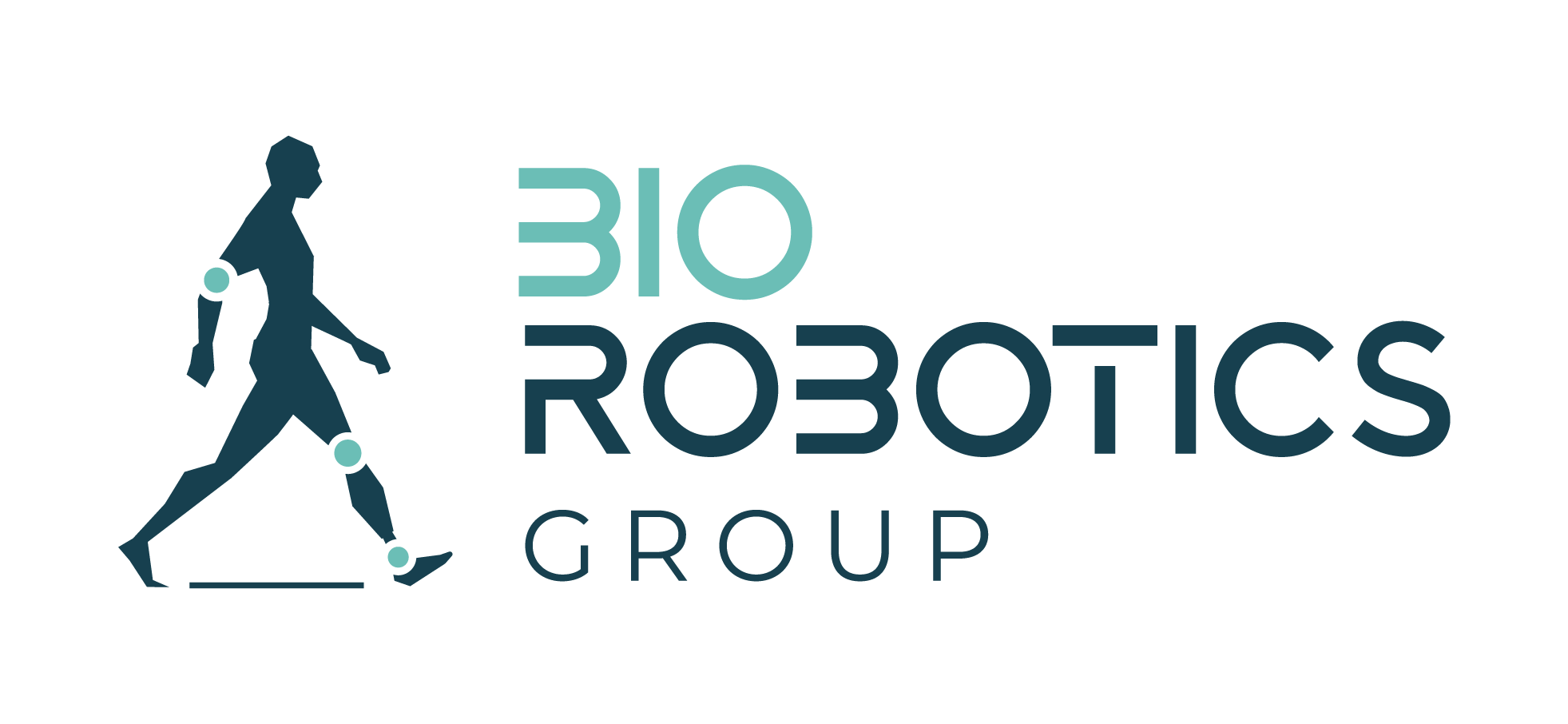DIGITAL & PHYSICAL MODELS
EXOSAFE, “A mechatronic leg replica to benchmark human-exoskeleton interaction”
Abstract

Wearable robotic exoskeletons are collaborative robots (cobots) designed to be worn by humans to support or augment their motor abilities. They are characterized by the intrinsic physical interaction with humans, which is one of the major determinants for safety. Exoskeletons must be carefully designed to ensure anatomical biocompatibility and minimize hazardous interaction dynamics with human limbs, e.g. shear forces. In the field of benchmarking and standardization (e.g. ISO TC299, ASTM F48), increasing relevance have been given to testing exoskeleton performance. Yet, very few efforts have focused on quantifying physical interaction. This is likely due to the lack of mature experimental methodologies and physical test benches.
To fill this gap, EXOSAFE will develop a robotic human-like leg able to replicate human joint dynamics and measure the interaction forces with an external exoskeleton. The project will also produce a set of benchmarking protocols and safety-related performance indicators in compliance with the protocols and procedures of the COVR Toolkit.
This integration between robotic hardware and benchmarking software is expected to contribute to facilitate the R&D of safer exoskeletal systems, and enable an easier, faster and reliable CE-marking process.
Researchers
Diego Torricelli
Coordinator
David Rodriguez Cianca
Postdoctoral researcher
Stefano Massardi
PhD Student
Useful information
Funded by COVR project (Being safe around collaborative and versatile robots in shared spaces). H2020-ICT-2017-1. ICT-27-2017 – System abilities, SME & benchmarking actions, safety certification
